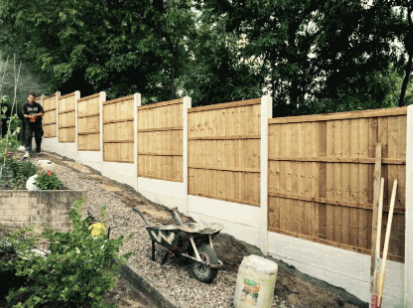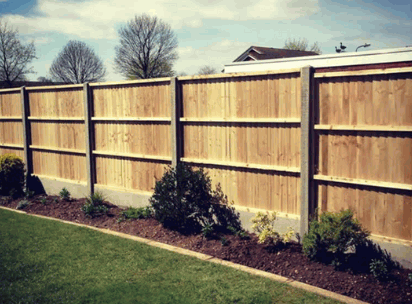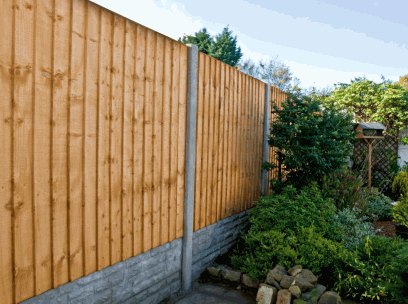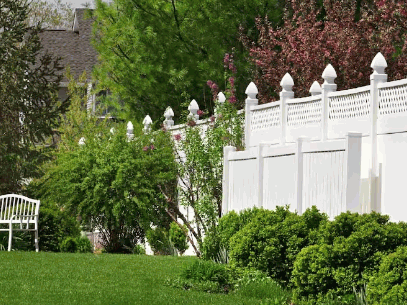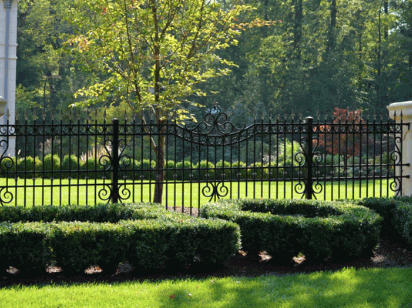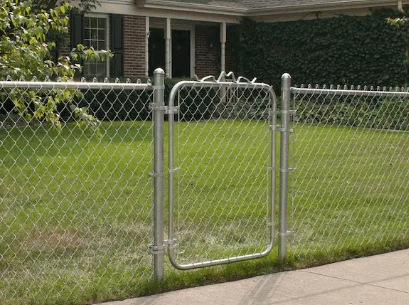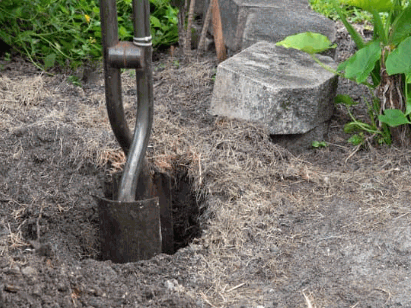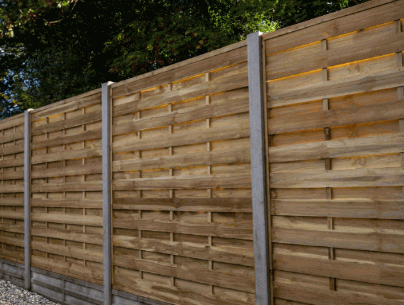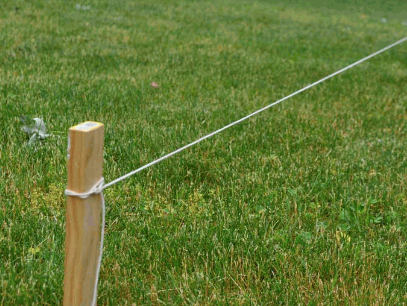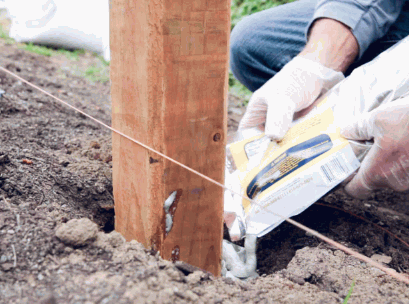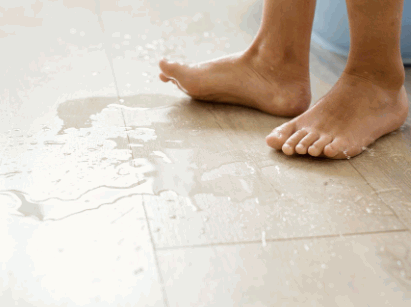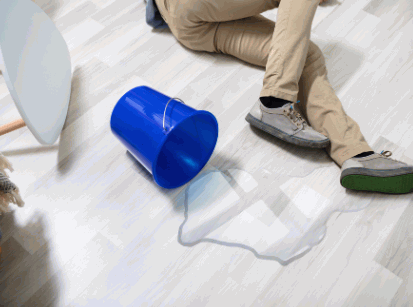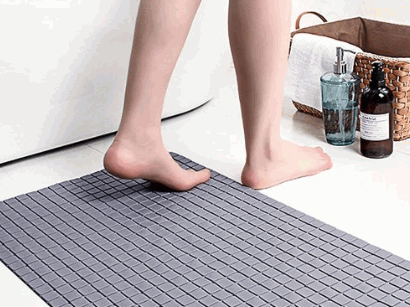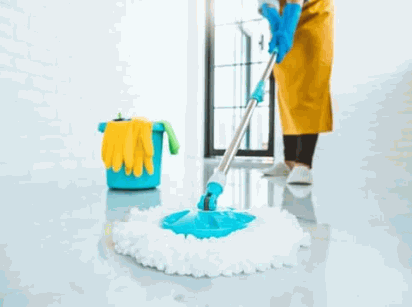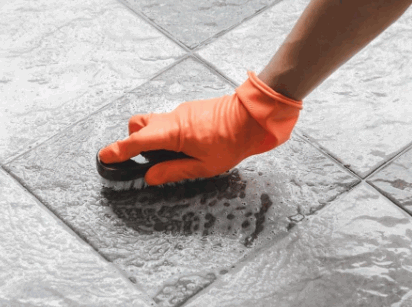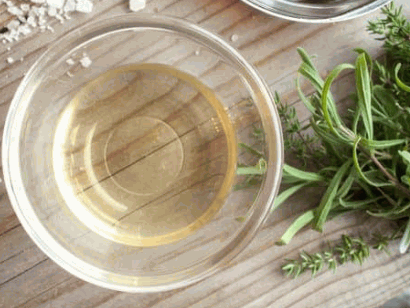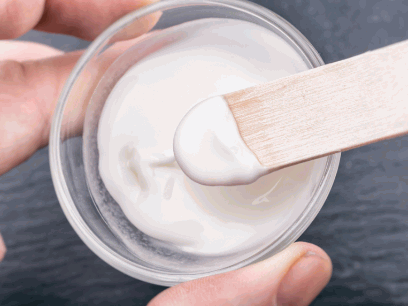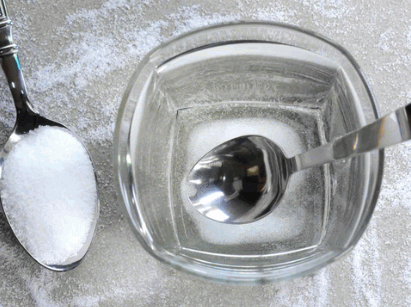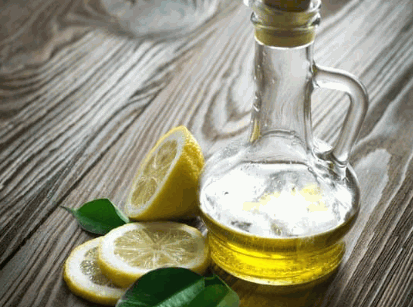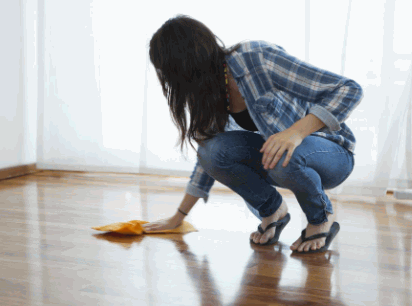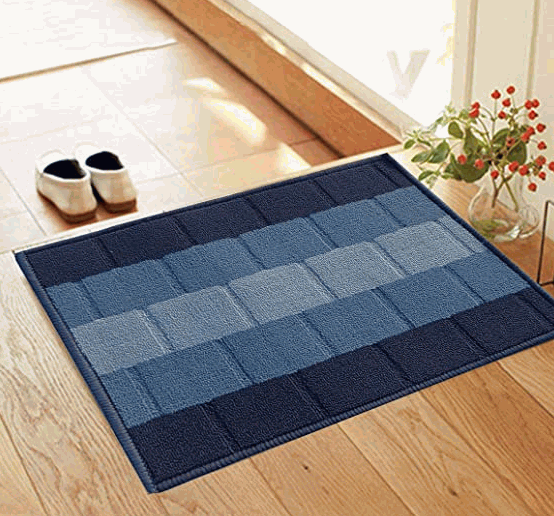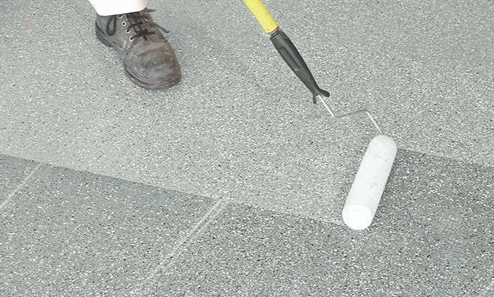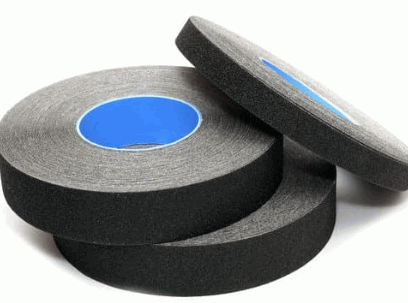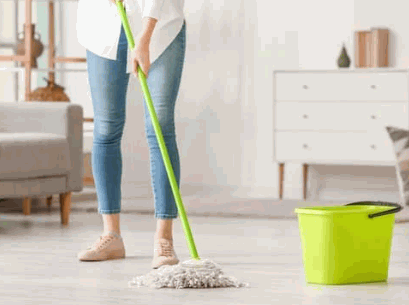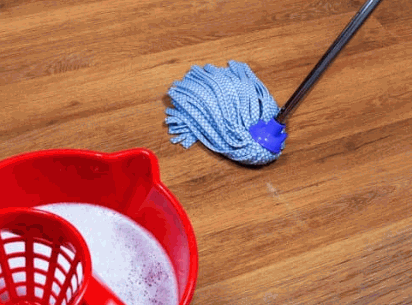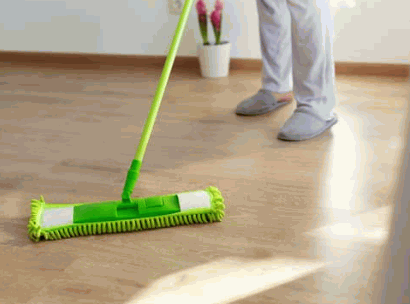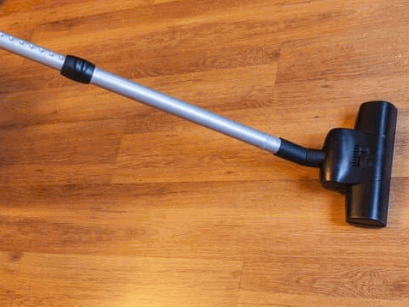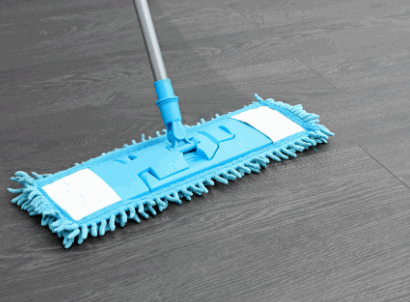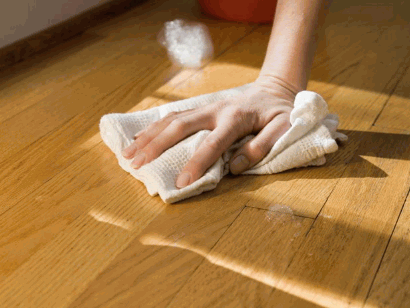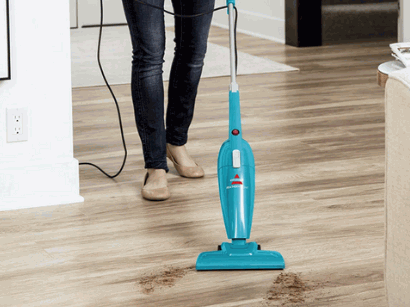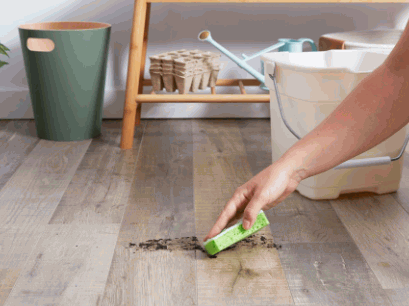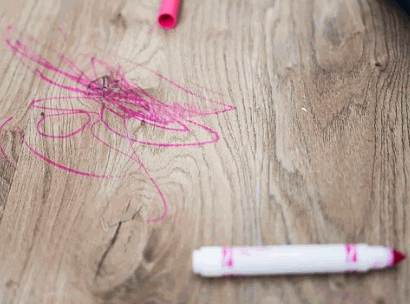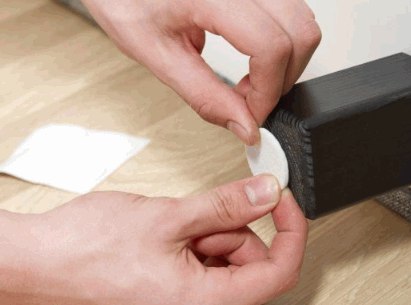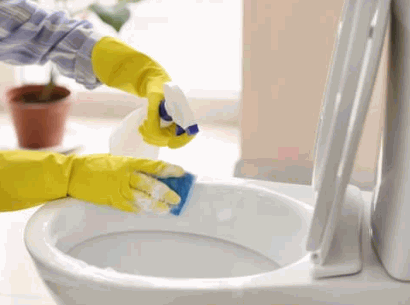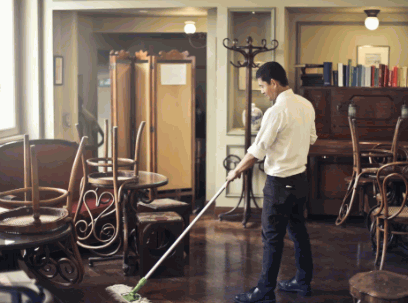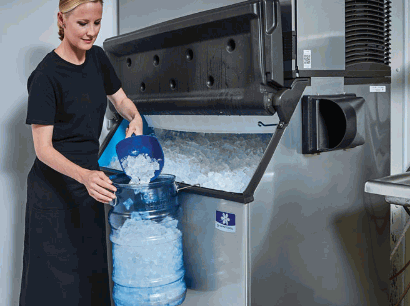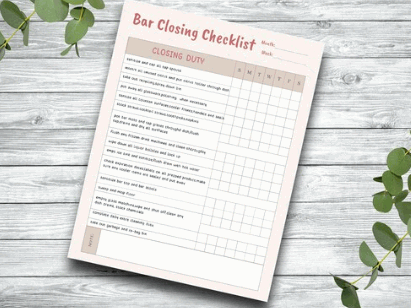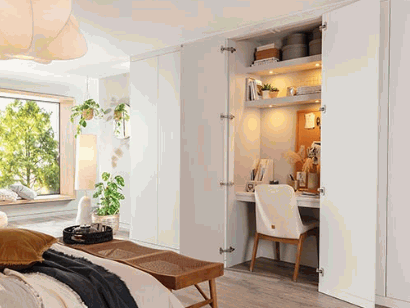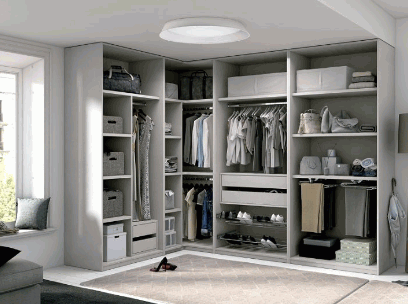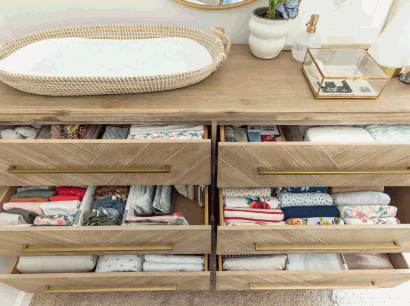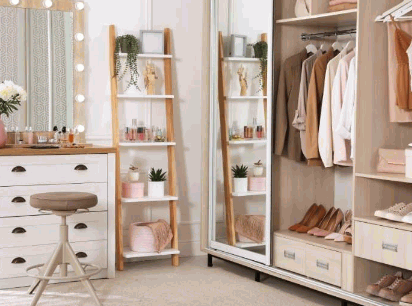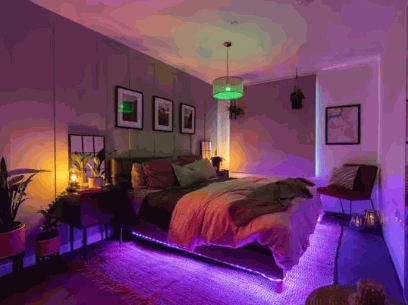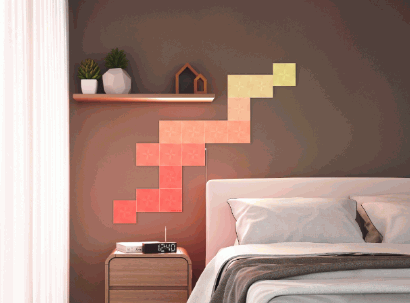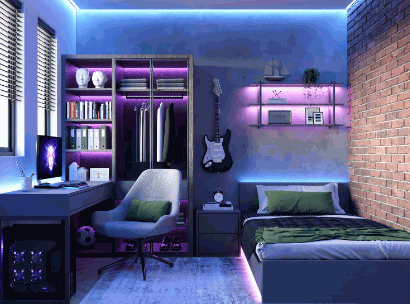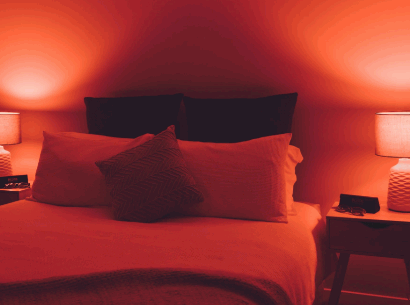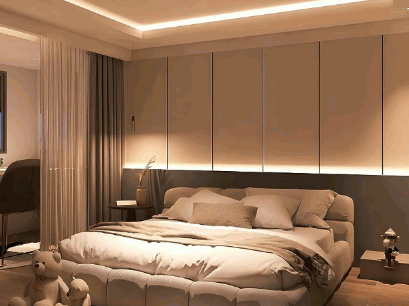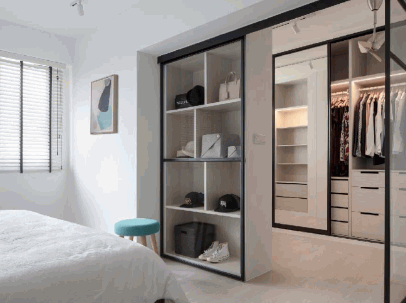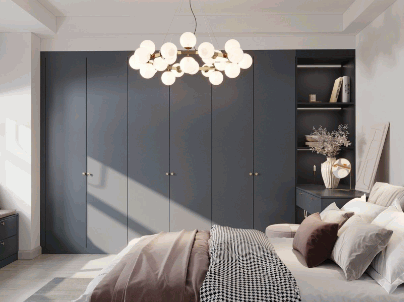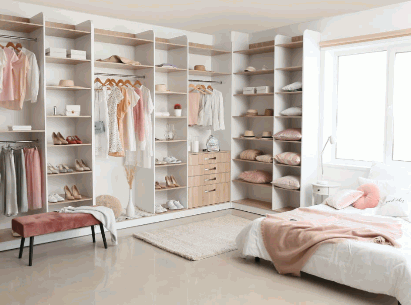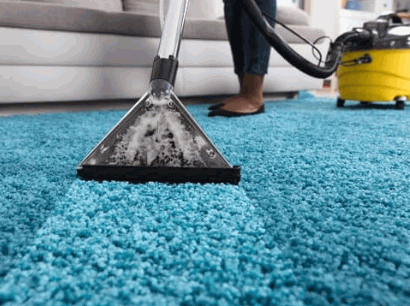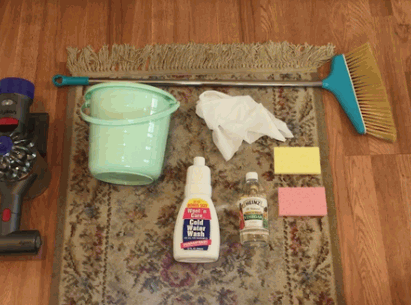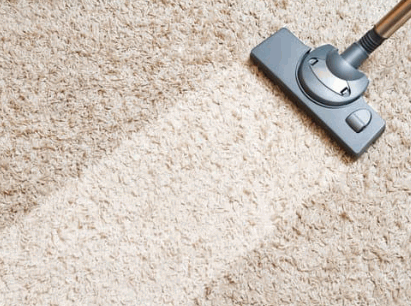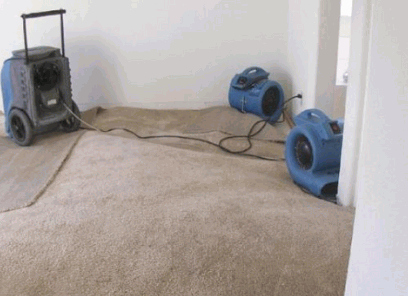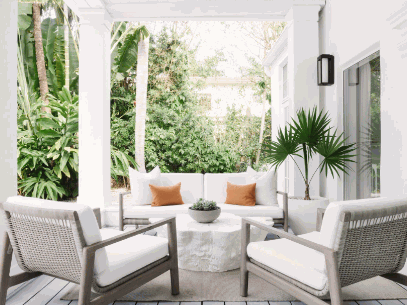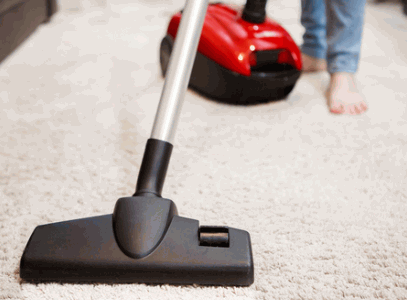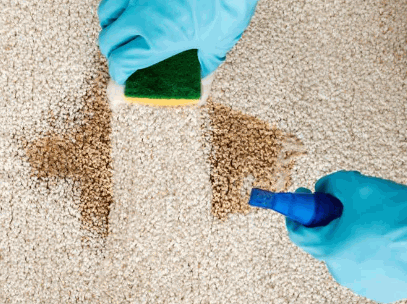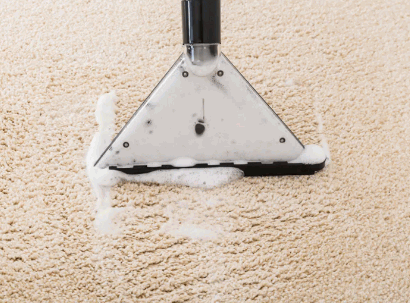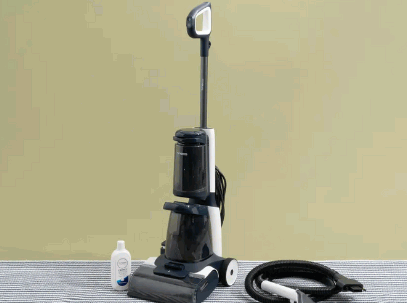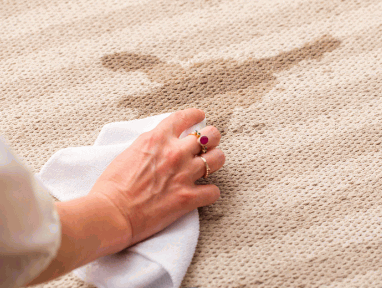An electric fence can be a game-changer for your garden, providing a reliable barrier against unwanted animals and protecting your precious plants from grazing. If you’ve been considering installing an electric fence but aren’t sure where to start, you’ve come to the right place.
In this comprehensive guide, we’ll cover everything you need to know about installing and maintaining an electric fence around your garden. From the essential materials required to the step-by-step installation process, we’ve got you covered. So, let’s jump right in and explore the world of electric fencing for gardens.

What Is An Electric Fence?
An electric fence is a barrier that uses electric shocks to deter animals or people from crossing a boundary. It creates a psychological and physical deterrent to unwanted intrusions, providing protection for the enclosed area.
The voltage in an electric fence delivers a non-lethal shock upon contact, effectively teaching animals and potential intruders to avoid attempting to breach the perimeter. This method of protection is particularly useful in agricultural settings, where it safeguards crops and livestock. The shock serves as a reliable means of deterring wildlife, offering a humane and efficient solution to prevent damage or harm. The effectiveness of electric fences in deterring human trespassers makes them a popular choice for securing residential and commercial properties.

Why Install An Electric Fence Around A Garden?
Installing an electric fence around a garden offers a reliable solution to safeguard the enclosed area, ensuring the safety of plants, deterring unwanted animals, and providing a secure perimeter for pets and livestock.
The installation of an electric fence eliminates the need for physical barriers that can obstruct the view of the garden. It also acts as a visual and psychological deterrent for animals, effectively protecting the delicate foliage from being trampled or eaten.
With the secure perimeter, it creates, pet owners can be assured that their furry companions are kept safe within the confines of the garden, reducing the risk of them wandering off or encountering potentially harmful situations.

Keeps Out Unwanted Animals
An electric fence around a garden effectively keeps out unwanted animals, preventing damage to plants and preserving the garden’s integrity.
The electric fence serves as a vital barrier, creating a protective perimeter that deters animals from encroaching on the garden. Its effectiveness lies in the delivery of a harmless but memorable shock, conditioning animals to avoid the area. This not only safeguards the garden’s plants but also reduces the need for harmful pesticides or physical barriers.
The fence acts as a sustainable solution, ensuring that the garden thrives without constant human intervention while maintaining a harmonious ecosystem.
Protects Plants From Grazing Animals
The installation of an electric fence around a garden provides essential protection for plants, safeguarding them from grazing animals and potential damage caused by livestock or wildlife.
It acts as a deterrent to prevent animals from entering the garden and disrupting the natural ecosystem. The electric shock administered by the fence serves as a gentle but effective reminder for animals to stay away, ensuring the safety and flourishing of the plant life within. This protective barrier is particularly crucial in areas with a high presence of wild animals or nearby livestock, minimizing the risk of trampling or foraging. The electric fence thus plays a vital role in maintaining the harmony between agricultural activities and the surrounding wildlife.
Easy To Install And Maintain
An electric fence around a garden is easy to install and maintain, providing a cost-effective and practical solution for perimeter protection.
With DIY potential, the installation process can be completed with basic tools and straightforward instructions. Once in place, the low-maintenance requirements make it a hassle-free option for property owners. Troubleshooting any issues, such as connectivity or power fluctuations, can usually be addressed through simple steps outlined in the user manual. The electric fence offers a convenient and reliable means of safeguarding the garden or property.
What Are The Materials Needed To Install An Electric Fence?
The installation of an electric fence requires several essential materials including:
- wire,
- posts,
- an energizer, and
- grounding components
to ensure effective functionality and safety.
The wire serves as the primary conductive element for transmitting electric pulses throughout the fence system, while the posts provide structural support and stability. The energizer is responsible for generating the electric charge that runs through the wire, enabling the fence to act as a deterrent.
Proper grounding components are crucial to ensure the safe dispersal of excess electricity and maintain the effectiveness of the electric fence system.
Electric Fence Charger
The electric fence charger, powered by a battery or solar energy, serves as the energizer unit responsible for providing the necessary electrical pulse to the fence wire, ensuring its effectiveness as a deterrent.
It plays a crucial role in the overall installation process, as it provides the power source needed to maintain the electrification of the fence. By delivering periodic pulses of electricity, the charger keeps the fence functional, making it an essential component for maintaining security and safety.
Whether it’s for agricultural purposes, livestock containment, or perimeter security, the fence charger’s job is to ensure that the entire fence system operates as intended, providing reliable protection and peace of mind for the property owner.

Electric Fence Wire
The electric fence wire, available in various types such as tape or rope, is essential for creating a barrier with optimal spacing and tension, ensuring effective perimeter protection for the garden.
Using the right type of wire, whether it’s polytape, polyrope, or high-tensile wire, is crucial for maintaining the integrity of the fence. Proper spacing is also key; for example, a good rule of thumb is to keep wire spacing at around 10-12 inches. This helps prevent animals from squeezing through or getting tangled.
Ensuring the wire tension is correct is vital for the overall effectiveness of the electric fence. Insufficient tension can lead to sagging, while excessive tension may cause the wire to break prematurely. Therefore, regular maintenance to adjust the wire tension is important to keep the fence performing optimally. Proper installation of the wire, including burying any underground cable at the right depth, is essential to prevent damage and ensure the electric fence’s longevity.

Fence Posts
Fence posts play a crucial role in the installation of an electric fence, providing the necessary support and structure for securing the fence wire, and requiring specific tools for proper installation.
They are the backbone of the fence, serving as the foundation on which the entire structure relies. The right tools, such as a post hole digger, level, and tamping bar, are essential for ensuring the posts are securely and evenly installed. These tools assist in digging the holes, aligning and leveling the posts, and compacting the soil around them, ensuring stability and durability for the fence.
From marking the post locations to bracing and tightening the wires, the installation of fence posts involves precise techniques for a reliable and effective electric fence.

Insulators
Insulators are essential components that provide weatherproofing and electrical isolation for the electric fence, ensuring its effectiveness and safety in various environmental conditions.
They play a crucial role in preventing the electric current from leaking into the ground or being diverted by moisture, thereby maintaining the integrity of the fence’s electric charge. In addition, insulators also contribute to the longevity and durability of the fencing system by safeguarding it against the damaging effects of weather elements such as rain, snow, and UV radiation.
Without proper insulation, the electric fence would be susceptible to short circuits, power loss, or even safety hazards, making insulators a fundamental aspect of its functionality.
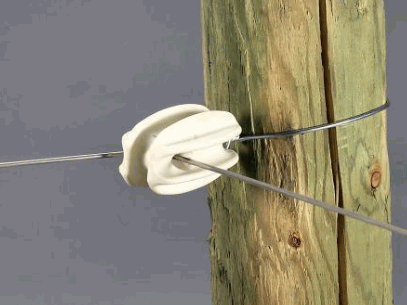
Grounding Rod
The grounding rod is a critical component of the electric fence system, ensuring proper grounding and safety measures to optimize the functionality and effectiveness of the fence.
It acts as a crucial link between the fence and the ground, preventing the buildup of excess electrical charge and reducing the risk of shocks or short-circuits. By securely grounding the fence, the grounding rod protects both people and animals from potential harm. Its role in providing a stable and reliable electrical grounding also contributes to the overall longevity and performance of the electric fence system.
Without a properly installed and maintained grounding rod, the effectiveness and safety of the entire electric fence system can be compromised.

Step-By-Step Guide To Install An Electric Fence Around A Garden
Installing an electric fence around a garden involves a step-by-step process that includes:
- Planning the fence layout
- Installing fence posts and insulators
- Positioning the electric fence wire with proper spacing
- Connecting the energizer and grounding components to ensure functionality
Begin by outlining the dimensions of your garden and identifying potential entry points for a gate, ensuring that the fence layout encompasses the entire perimeter. Then, install the fence posts at regular intervals, ensuring they are secure and level. Attach insulators to the posts to prevent electric current from grounding into the earth. Next, place the electric fence wire with appropriate spacing for your specific application, typically 6-8 inches above the ground. Connect the energizer to the fence wire, ensuring proper grounding to complete the installation.
Learn more: How To Install A Garden Fence
Step 1: Plan Your Fence Layout
The first step in installing an electric fence around a garden is to carefully plan the layout, considering the perimeter protection requirements and the specific areas to be enclosed within the fence boundaries.
This planning process is crucial for ensuring that the fence effectively encloses the entire garden area, providing protection against intruders and wildlife. By carefully considering the specific areas within the garden, such as vegetable beds, flower gardens, or play areas, the layout can be tailored to provide the necessary protection for each of these designated spaces, allowing for a well-rounded and comprehensive perimeter protection solution.
Step 2: Install Fence Posts
The installation of fence posts is a crucial step in the process, requiring the use of specific tools and techniques to ensure proper support and stability for the electric fence wire within the garden perimeter.
For a successful installation, you will need essential tools such as a post-hole digger or auger to create appropriate holes for the fence posts. Once the holes are dug, it’s important to use a level to ensure that the posts are installed perfectly vertically, providing a sturdy foundation for the electric fence wire. Using concrete to secure the posts further enhances their stability.
Proper spacing between the posts is also crucial, ensuring uniform support for the electric fence wire across the entire perimeter of the garden.
Step 3: Install Insulators
The installation of insulators is essential for providing weatherproofing and electrical isolation, ensuring the effective and safe operation of the electric fence in various environmental conditions within the garden.
Insulators play a crucial role in safeguarding the fence against moisture and ensuring that the electrical current remains isolated, preventing any potential hazards. By creating a barrier between the conductive wire and the supporting fence posts, insulators prevent energy loss and interference from external elements, thus maintaining the fence’s functionality. They contribute to the longevity of the fence by reducing the risk of corrosion and deterioration caused by weather exposure. Hence, the proper installation of insulators is paramount for the effective functioning and durability of the electric fence.
Step 4: Install Electric Fence Wire
The installation of the electric fence wire involves positioning it with proper tension and spacing, ensuring a secure and effective barrier for the garden while following the designated layout and requirements.
Proper tension is crucial for ensuring the wire remains taut and secure, preventing it from sagging or being easily compromised. Correct spacing between the wires prevents unauthorized access while allowing for effective coverage of the garden perimeter.
By adhering to these guidelines, the electric fence wire serves as a reliable deterrent, protecting the garden from unwanted intruders and wildlife, and effectively safeguarding the plants and produce within.

Step 5: Connect The Fence Charger And Grounding Rod
The final step involves connecting the fence charger and grounding components to the electric fence wire, ensuring proper functionality, safety, and the delivery of electrical pulses to deter unwanted intrusions effectively.
When connecting the fence charger, it is crucial to follow the manufacturer’s installation guidelines to ensure optimal performance. The energizer should be securely mounted and connected to the electric fence wire using appropriate insulated cables. The grounding components play a vital role in dispersing excess electrical energy into the ground to prevent potential hazards. Proper grounding is essential for safety and to facilitate the charger’s efficient operation. By integrating these components effectively, the electric fence system can provide reliable deterrence while maintaining safety standards.

How To Maintain An Electric Fence?
Maintaining an electric fence involves regular inspections for damage, clearing vegetation to prevent interference, and conducting routine tests to ensure its proper functionality, thus avoiding potential problems or malfunctions.
Regular inspections are crucial for identifying any wear and tear, such as broken wires or damaged insulators, which can be repaired promptly to prevent further issues. In addition, managing vegetation around the fence is essential to avoid plants or trees interfering with the electric current.
Routine testing involves checking the voltage levels and ensuring that the grounding system is functioning effectively, providing peace of mind for the fence’s reliability.
Regularly Check For Damage
Regularly checking for damage is a critical aspect of maintaining an electric fence, ensuring early detection and prompt repair of any issues to maintain its effectiveness and functionality.
This maintenance routine helps in troubleshooting potential faults before they escalate, preventing livestock from escaping or intruders from gaining access to the property. By conducting regular inspections, owners can identify weak spots, damaged wires, or malfunctioning components, allowing for timely fence repair.
Neglecting maintenance could result in reduced security and increased risks, making it essential to prioritize routine checks and necessary repairs. Thus, incorporating regular maintenance into the routine can significantly extend the fence’s longevity and overall security.
Keep Vegetation Clear
Keeping vegetation clear around the electric fence is crucial to prevent interference and potential safety hazards, ensuring the unobstructed functionality and effectiveness of the fence.
This maintenance practice not only reduces the risk of short circuits and power outages caused by branches or overgrown plants touching the fence but also enhances visibility, allowing for proper monitoring and detection of any potential issues. Clearing vegetation around the electric fence contributes to the overall safety of the area, preventing fire hazards and interference with wildlife, thereby ensuring a secure and reliable perimeter for the desired protection.
Test The Fence Regularly
Regular testing of the electric fence using a fence tester or voltage meter is essential to verify its proper functionality, identify potential issues, and address them promptly to maintain its effectiveness.
These devices play a crucial role in monitoring the voltage levels across different parts of the electric fence. By regularly using a fence tester or voltage meter, potential problems such as shorts or breaks in the fence can be quickly identified. This proactive maintenance can save both time and resources by preventing larger issues from developing. Therefore, integrating these tools into the regular maintenance routine ensures that the electric fence consistently operates at its optimal capacity.
